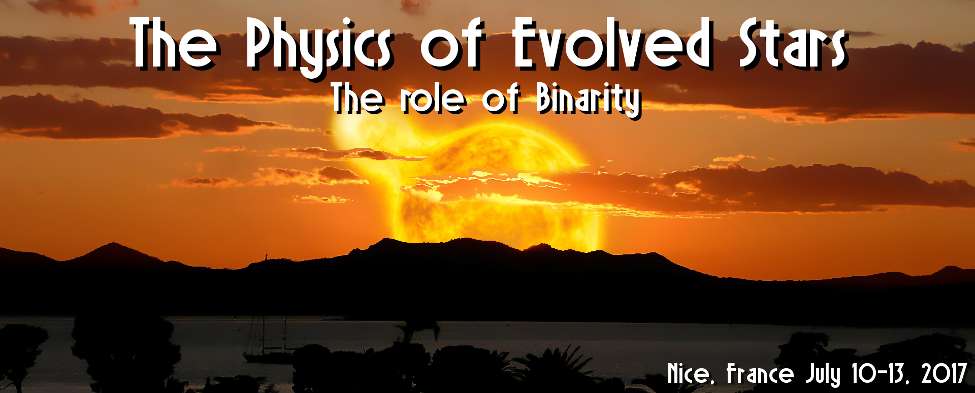Nearly a quarter of all massive stars will merge during their lifetimes. The contact phase of massive binaries, preceding coalescence, is poorly understood due to a lack of observational constraints: only 7 O-type overcontact binaries are currently known. Stars in these systems may suffer from enhanced mixing due to rotation and tidal effects. Such enhanced mixing can induce chemically homogeneous evolution, a fundamentally different evolutionary channel where the 2 stars remain compact, preventing them from merging. Such a channel has recently been proposed as a viable way to create close and massive blackhole binaries that can explain the GW150914 gravitational wave event. However, the viability of this GW channel depends on the efficiency of the poorly-understood mixing processes. We use VLT/optical and HST/UV data of a LMC overcontact binary that shows evidence of enhanced mixing: VFTS 352 (O4.5V+O5.5V; P = 1.12d). We present new observational constraints on the physical parameters and surface abundances, compare them with binary evolution models, and discuss our results in the context of the future evolution of the system as a possible GW-progenitor.
|


 PDF version
PDF version